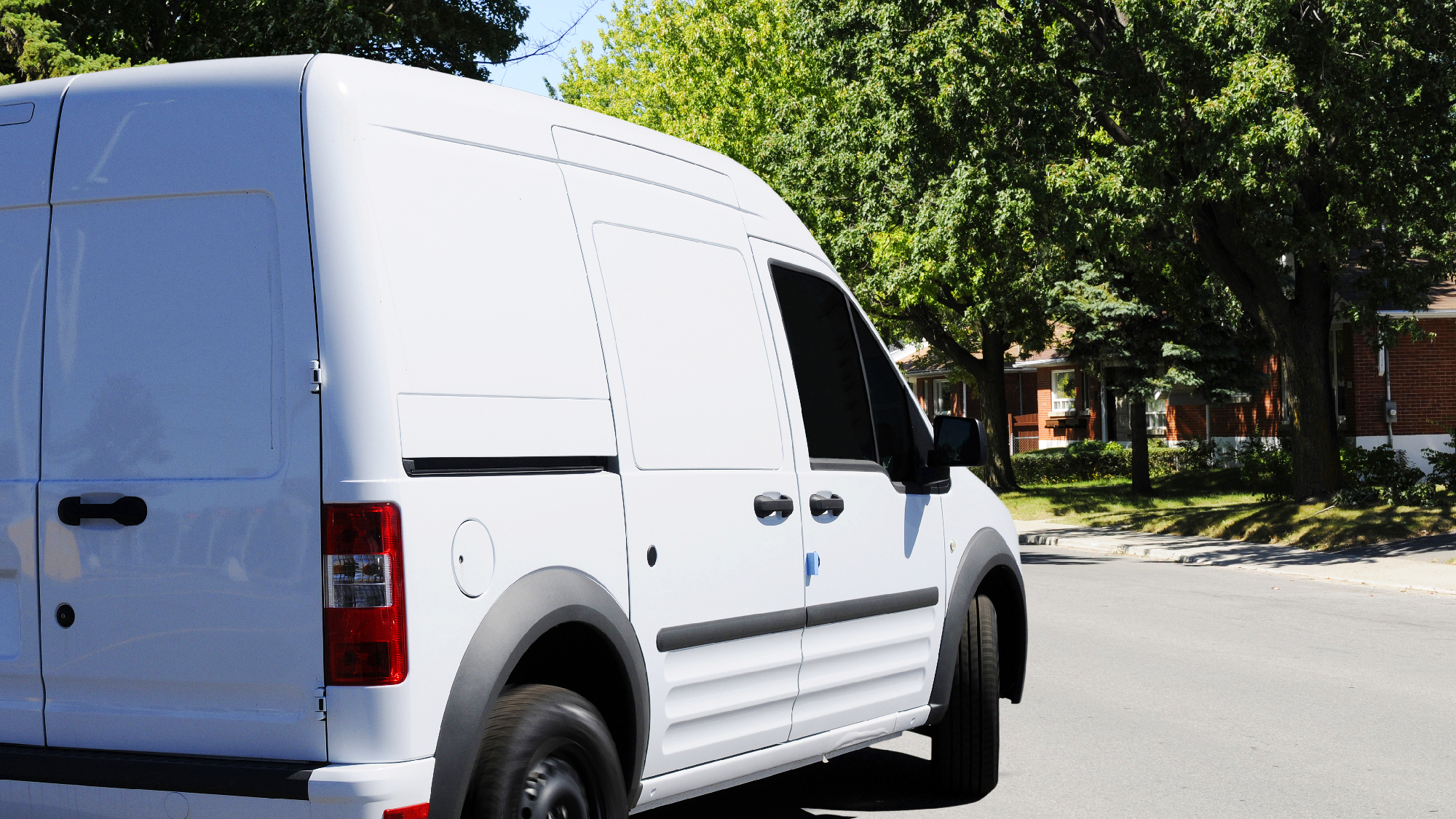Guide to Tachograph Symbols
ABS (Anti-lock Braking System) improves vehicle safety by preventing wheel lock-up, enhancing control during braking, and maintaining stability.
October 21, 2024
•2 minute read
-EN-NA-final-July24_1x-03.jpg)
Key Insights
- Any driver who operates a vehicle that’s covered by EU or AETR rules must be familiar with these four key tachograph symbols so that they can accurately record their driving, working and resting times.
A tachograph is a device that’s fitted to a vehicle to record information about driving time, speed and distance travelled. Tachographs are used to make sure drivers and fleet operators follow the EU rules on drivers’ hours. Initially the devices were analogue, with paper tacho discs fitted inside them, but all commercial vehicles registered after 1st May 2006 must now be fitted with a digital tachograph.
In this article, we look at the four main symbols that all drivers of commercial vehicles covered by EU or AETR (European Agreement Concerning the Work of Crews of Vehicles Engaged in International Road Transport) rules should be familiar with.
The four main tachograph symbols
Any driver who operates a vehicle that’s covered by EU or AETR rules must be familiar with these four key tachograph symbols so that they can accurately record their driving, working and resting times.
.png) Driving | This symbol represents a steering wheel. Driving mode is used when the driver is behind the wheel with the engine on. The mode will still be used if the vehicle is idling, or otherwise stationary, as long as the driver is still behind the wheel. |
.png) Other work | This symbol represents work tools. Other work mode is used when the driver is working on activities other than driving. The vehicle will not be in motion, although the engine may be idling. The driver may be loading or unloading their vehicle, or involved in other work-based tasks. |
.png) Break | This symbol represents a chair or bed. Break mode is used when the driver is taking a designated break from driving and other work. The tachograph will be set to rest when the driver is taking a break during their shift, and at the end of their shift, showing that the driver has taken their necessary in-work breaks and daily/weekly rest periods as required by EU drivers’ hours rules. |
.png) Available | This symbol is a square with a diagonal line through it. Available mode will be used when the driver is on standby to do work as required, although is not currently working. This is otherwise known as a period of availability (POA). |
What vehicles must be fitted with a tachograph?
A tachograph must be fitted to Heavy Goods Vehicles (HGVs), buses and coaches, and vans with a gross vehicle weight that is greater than 3.5 tonnes. From 1st July 2026, light commercial vehicles (LCVs) that weigh over 2.5 tonnes and are used in cross-border freight logistics or cabotage transport in the EU, Iceland, Norway, Switzerland or Liechtenstein will also have to be fitted with a digital tachograph. This device will have to be used to record their driving data while driving in these countries, but doesn’t have to be used for domestic routes.
What are a fleet manager’s obligations in relation to tachographs and drivers’ hours?
Fleet managers must ensure that they:
- Store drivers’ hours records for at least 12 months, to be able to show to enforcement officers as required
- Ensure that all drivers are properly trained and understand the rules around drivers’ hours
- Help drivers to organise their work and time so that they can comfortably follow the rules
- Monitor drivers’ hours records and data, and their working time
How can tachograph data be collected and monitored by fleet managers?
The standard way to extract the information about driving time, speed and distance travelled from your fleet’s digital tachographs is to download the data from each tachograph in turn, using the company tachograph card. However, this process can be cumbersome for managers with large fleets, and can become even more difficult when vehicles don’t regularly return to their depots.
This methodology for tachograph record retrieval and data monitoring also results in a time lapse between the moment when a potential drivers’ hours infraction is made, and when a fleet manager is alerted to it.
Geotab’s digital tachograph software makes it easier for fleet managers to comply with drivers’ hours rules and tachograph regulations. The remote download solution offers driver identification, real-time tacho status, and analysis. All of the information is updated in real-time, eliminating the need for either the truck or the driver to be present. By setting up email notifications for common compliance issues such as expiring company cards and driver cards, inspections never need to be a stress.
Want to get greater control of your drivers’ hours?
Learn how simple it is to use our fleet management software to
monitor and manage your tachograph data
Other Stories

What’s the difference between an LCV and an HGV?
July 25, 2024
3 minute read

July 25, 2024
2 minute read

July 25, 2024
2 minute read